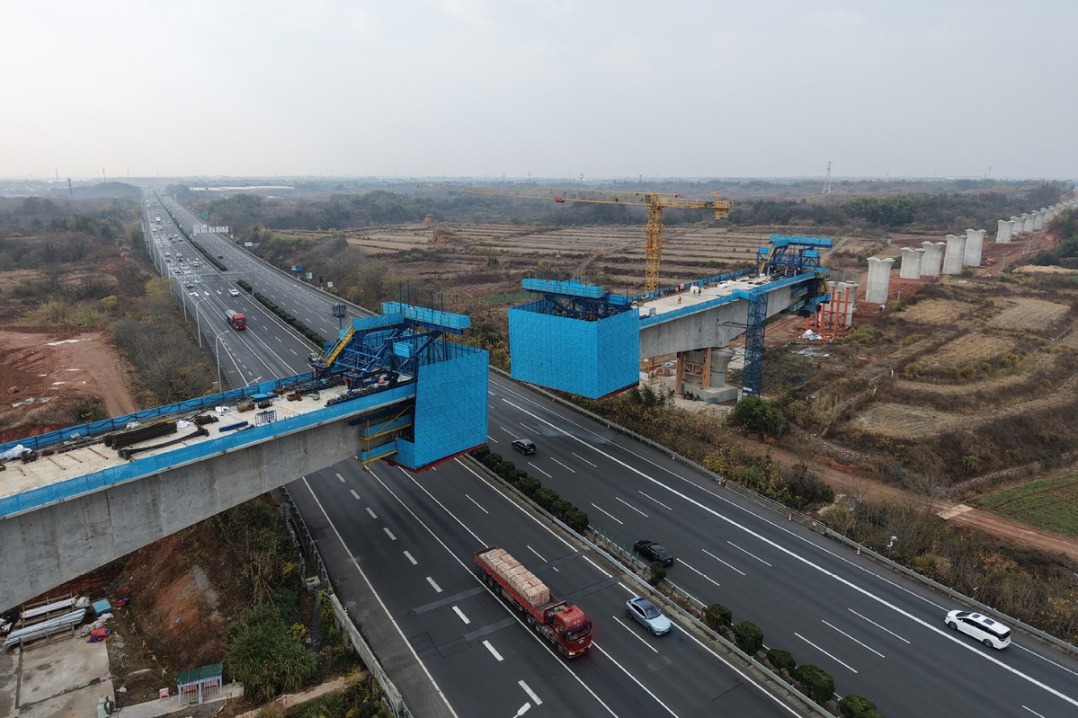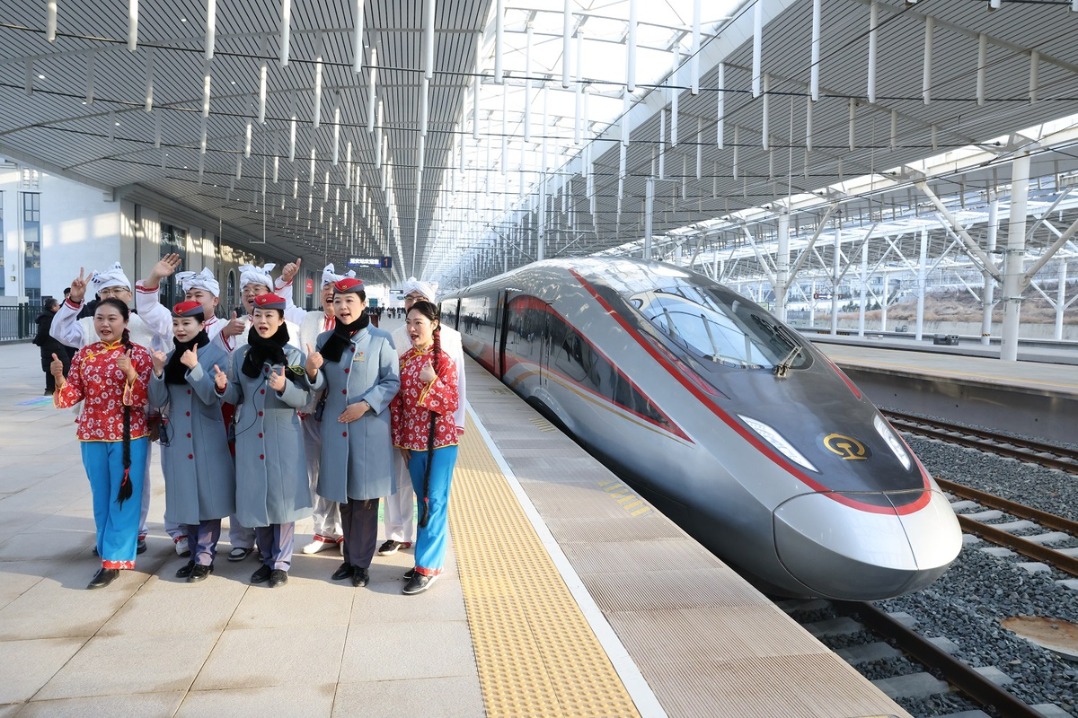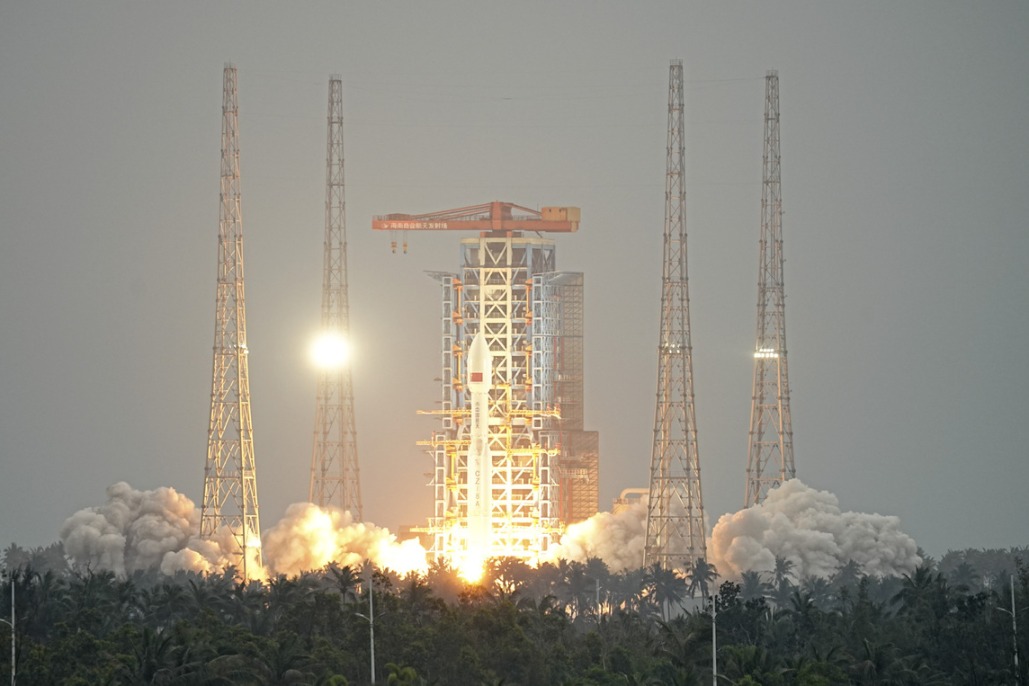Space seeds take root in Inner Mongolia


Eighteen kinds of plants bred in space have entered the ground stage in the Inner Mongolia autonomous region.
All the experimental plants were sent to Earth by the Chang'e-5, Shenzhou-13 and Shenzhou-14 spacecraft.
Mutation breeding in space is a new technology trend. It refers to sending crop seeds or test tube seedlings into space, using the mutagenic effect of the space environment (high vacuum, and cosmic magnetic fields) to mutate the seeds, which are then returned to the ground to cultivate new varieties.
Liu Yaling, director of the Innovation and Breeding Research Institute of Mengcao Group and deputy secretary-general of the Grass Seed Technology Innovation Center in the Inner Mongolia autonomous region, said, "We have carried out space breeding experiments on 18 breeding materials including wild barley, couchgrass, red fescue and yellow flower alfalfa on space missions.
Through the experiment of sowing the mutated varieties and control varieties at the same time, plants with excellent characteristics were selected for the cultivation of new varieties.
- Beijing community leads the way in grassroots governance
- HKSAR govt extends thanks to various units for supporting people affected by residential complex fire
- Influencers barred from vulgar, false, or harmful content
- Hangzhou–Quzhou High-Speed Railway begins operations
- China records rise in survival prospects for child and adolescent cancer patients
- Ministry unveils draft revision of the national air quality standards





































